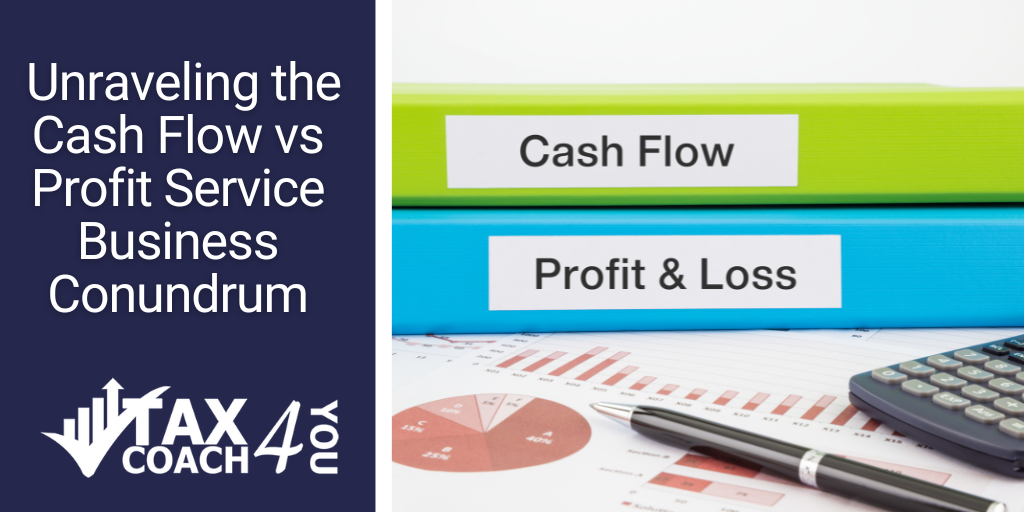For many home service business owners, the world of financial statements can often feel like deciphering a complex puzzle. One of the most common misconceptions is the assumption that the net profit figure on the Profit and Loss (P&L) report should seamlessly match the bank account balance detailed on the Balance Sheet. However, this assumption is far from reality, and comprehending the disparity between cash flow and profit is paramount to making informed business decisions.
Cash flow vs profit is vital. They are distinct concepts, each offering unique insights into a company’s financial health. Profit, as indicated on the P&L report, showcases the difference between total revenues and expenses. While this number is undeniably important, it doesn’t necessarily align with the actual cash inflows and outflows experienced by the business.
Several factors contribute to the divergence between profit and cash flow. Businesses often engage in short and long-term loan repayments, acquire equipment, purchase inventory, and encounter outstanding accounts receivable or unpaid accounts payable. These transactions affect the flow of cash in a way that doesn’t necessarily align with the profit figure. Additionally, elements like owner’s draws, shareholder distributions, depreciation, and amortization further complicate the relationship between profit and cash flow.
Understanding these differences is pivotal for home service business owners. By recognizing the various components influencing cash flow and profit, entrepreneurs can make more informed decisions. Identifying potential leaks in both profit and cash flow can lead to shrewder financial management and a healthier bottom line.
To bridge the gap between profit and cash flow, owners must focus on strategies to optimize both. Efficient inventory management, diligent accounts receivable collection, and prudent expense control can alleviate cash flow bottlenecks. Meanwhile, aligning long-term investments with profit goals and evaluating the timing of expenditures can help close the chasm between the two metrics.
In conclusion, while profit vs cash flow may appear synonymous, they operate on different wavelengths within a home service business. By grasping the nuances and addressing the various factors that impact both metrics, owners can not only improve their financial acumen but also foster the growth of a more robust and prosperous enterprise.
Need help with understanding these concepts? Schedule a FREE profit planning session.




